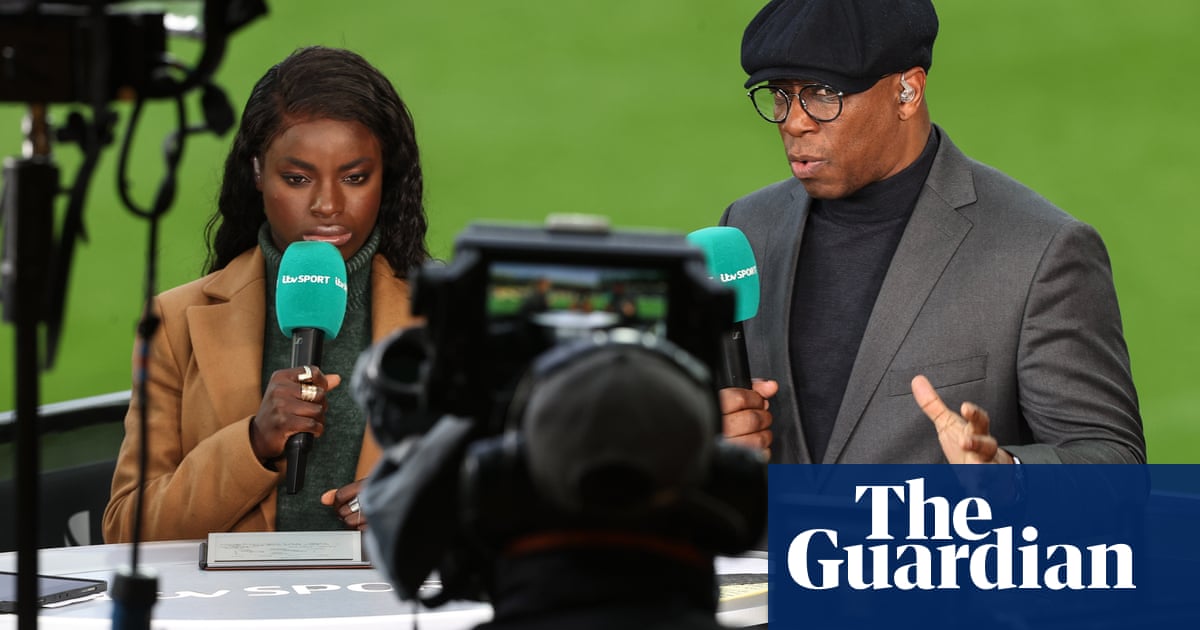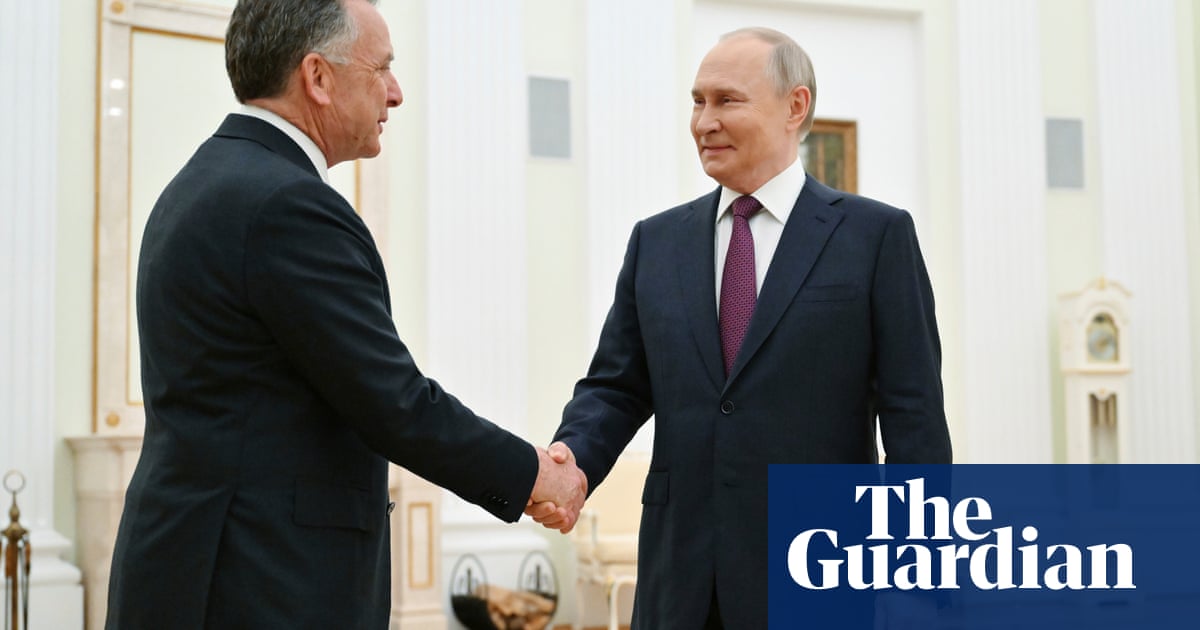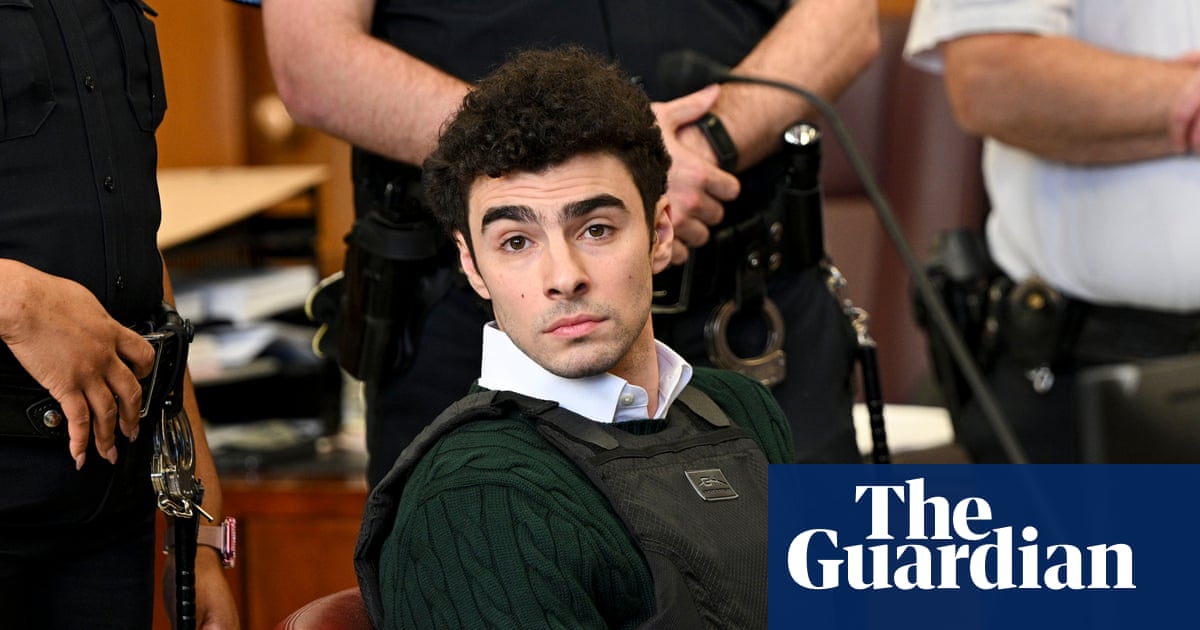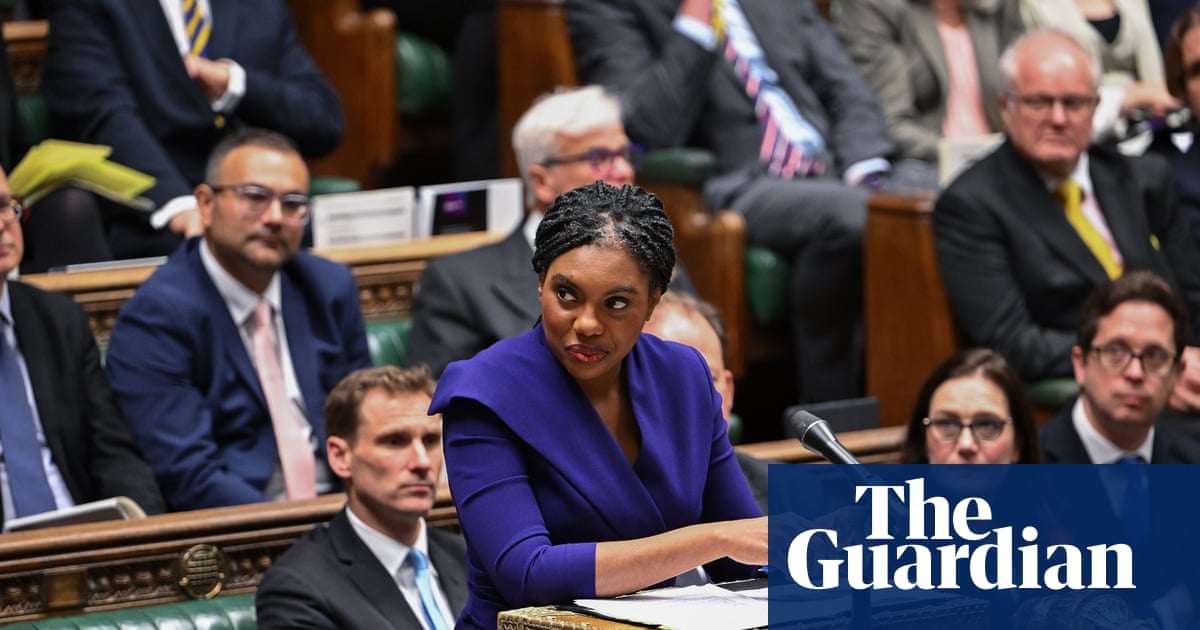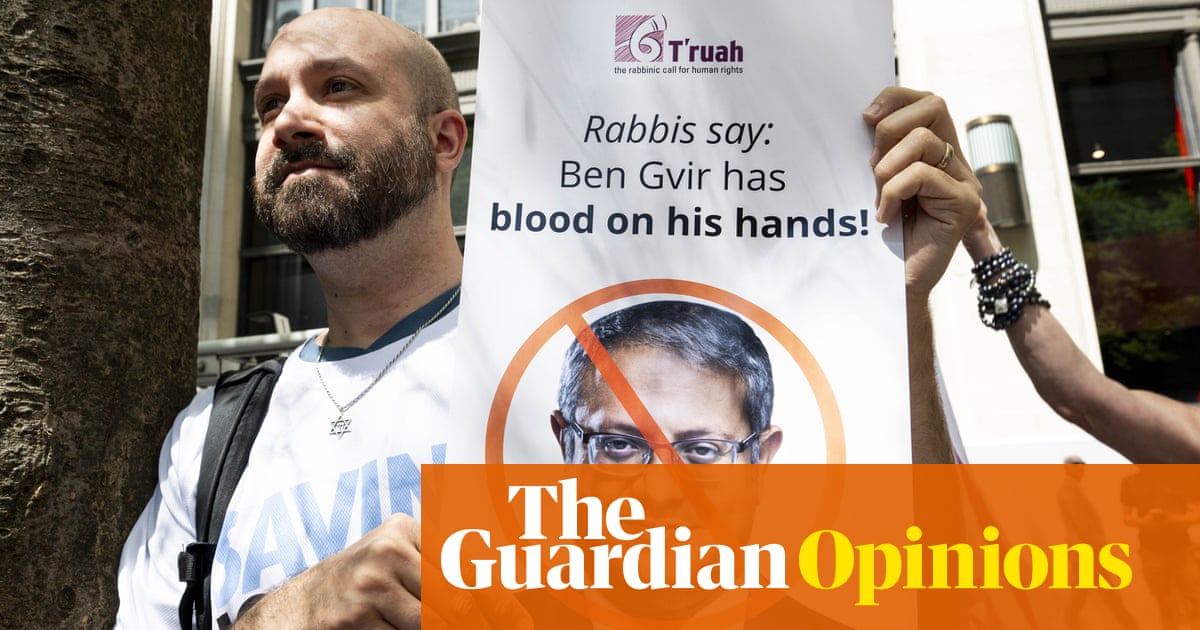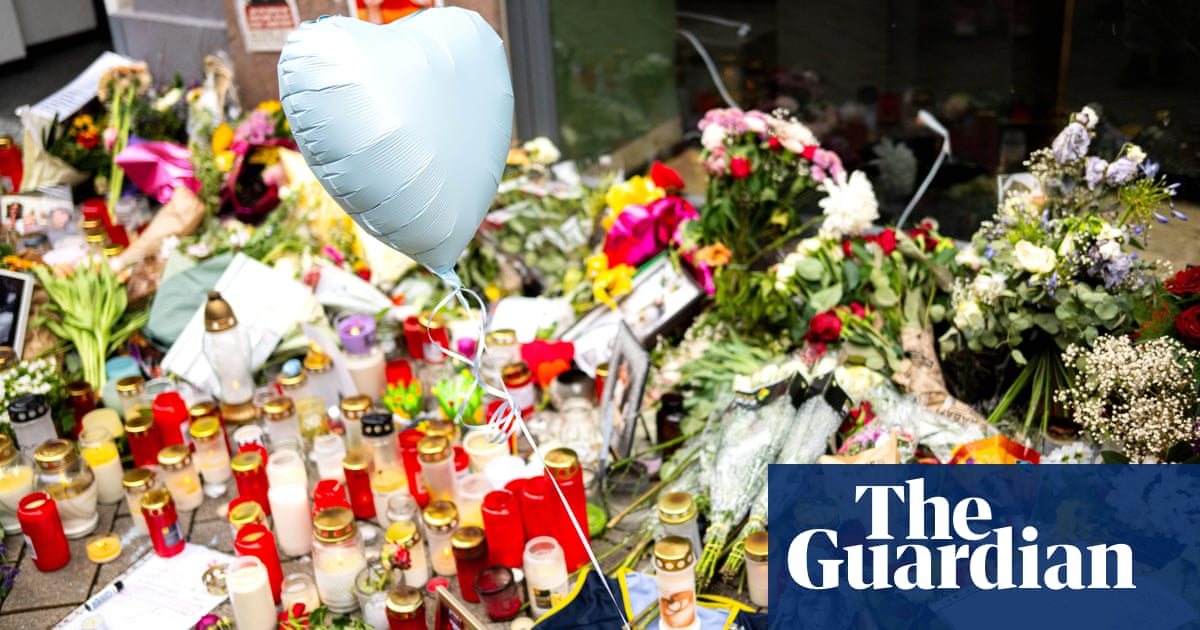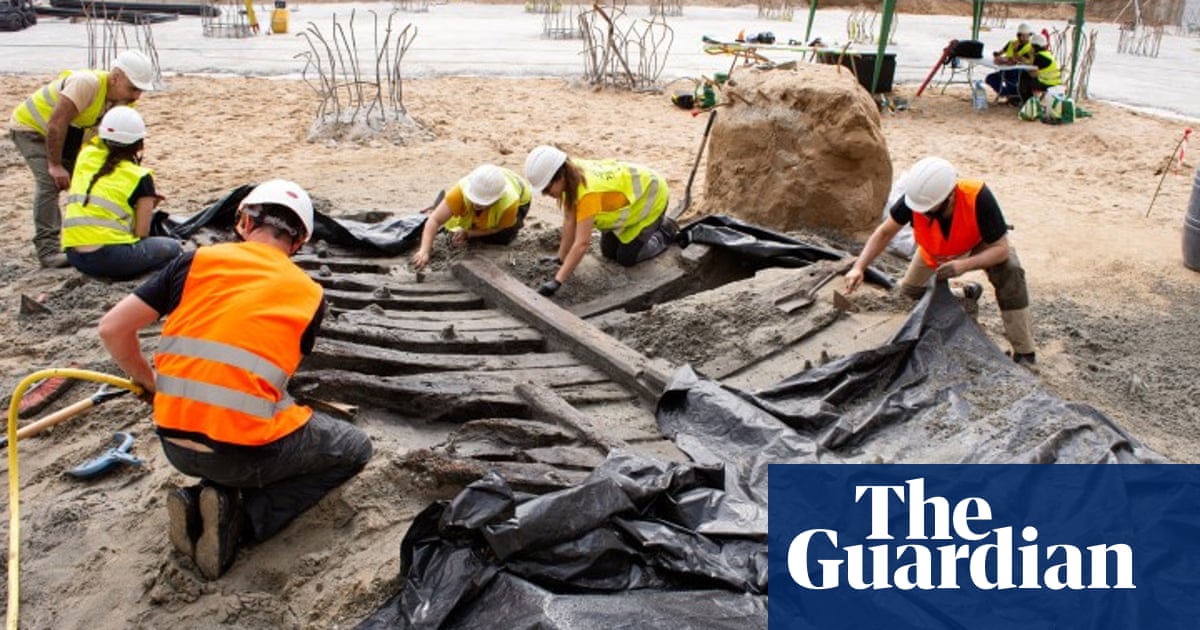War teaches you to believe only in what happens, rather than what is merely said or promised. A day after the “peace talks” in London, which the US secretary of state Marco Rubio didn’t even turn up for, Ukrainians were not anxiously waiting for the results of a possible deal, which looked unfeasible anyway. Instead, they were counting their dead.
According to Ukraine’s air force, in the early hours of Thursday morning Russia launched 11 Iskander ballistic missiles, 37 KH-101 cruise missiles, six Iskander-K cruise missiles, 12 Kalibr cruise missiles, 4 KH-59/KH-69 missiles and 145 drones. For Kyiv and Kharkiv residents that night, this was not just a case of reading numbers on a news feed, but hearing and feeling explosions rock their cities. It turned out to be the deadliest night for the Ukrainian capital this year.
“Not necessary and very bad timing,” Donald Trump later wrote on social media. But, Ukrainians might ask, when would be a better time to kill 12 civilians and injure at least 90?
Most people were asleep in the western suburbs of Kyiv that were hit. Most of the homes in a five-story apartment block were damaged. A ballistic missile – allegedly North Korean – destroyed an older two-story house. Most of the casualties lived there.
At the time of writing – late afternoon on Thursday – rescue workers and firefighters had been working on the pile of rubble for 15 hours. A group of teenagers came to watch. Some arrived early in the morning because their friend and schoolmate, Danya Khudya, 17, lived in that house with his parents. Earlier, Danya’s sister was sent to the hospital, but the boy was missing under the rubble. So, the kids started to search, helping the rescue workers and the police. “Is he alive?” they kept asking.
By the end of the day, more than 50 young people were there silently gazing into the rubble behind the tape. They stood, hardly moving, just hugging each other. They were waiting for a miracle. It didn’t happen. Around 5pm, Danya’s body was found. The relatives were asked to identify the body. His parents, Vika and Oleh, had died, too.
In front of the house, I saw a man, his face covered with shrapnel injuries , standing in his slippers. He was offered help – someone asked if he needed proper shoes. But he refused and didn’t understand why he was being treated as a victim. He said that he had everything at home. Should he be grateful?
I have written before about how Kyivites have turned their anger into action. They are still doing that now, but there is also something else in the air – a sense of confusion and bewilderment. Is this the new normal?
I think this is because residents of the capital had become used to Ukraine’s air defences protecting the city. The first Patriots – the US army’s central air defence system – arrived in Kyiv a year after the invasion in February 2022. The system proved capable of intercepting and destroying the Kinzhal, a Russian hypersonic ballistic missile. Vladimir Putin had boasted that the missiles were “invincible”. Since then, hundreds of them have been repelled in the air above Ukraine’s cities and towns.
But there are fewer than 10 air defence systems in Ukraine – this is simply not enough for what is, after all, the second-largest country in Europe after Russia. Recently, Ukraine’s president, Volodymyr Zelenskyy, made a request to the US to buy – not to be given – 10 additional Patriot systems. Trump treated it as a joke, as an example of Ukrainian warmongering.
This matters because the missiles for the Patriots are the most important part of US military aid (beyond intelligence) that European partners can’t deliver themselves. Even if allies try to buy them for Ukraine, it is up to the US to permit outsourcing them. On top of that, Washington can remotely restrict use of the system, as it retains control over the technology and components, which rely on US software updates and radar configurations.
This is the real leverage that the US has against Ukraine – the cudgel it could use to force Kyiv into accepting peace on Russian terms. Those terms include freezing the frontline, Ukraine conceding up to 20% of its sovereign land and relying on Moscow’s goodwill that it would not attack again. In comparison, Russia might receive not just recognition by the US of illegally annexed Ukrainian territories, but also the lifting of US sanctions.
Ukrainians don’t have the luxury of indulging in the fantasies and distortions of Truth Social, or X, or Russian state TV. They have no choice but to believe in the rockets flying over their heads, the news of dead neighbours – in short, in reality. The events of this week are about as vivid a demonstration you can get that the war is still happening, that it is real, and that Moscow has no real desire to end it.
-
Nataliya Gumenyuk is a Ukrainian journalist and CEO of the Public Interest Journalism Lab

.png) 4 hours ago
3
4 hours ago
3


